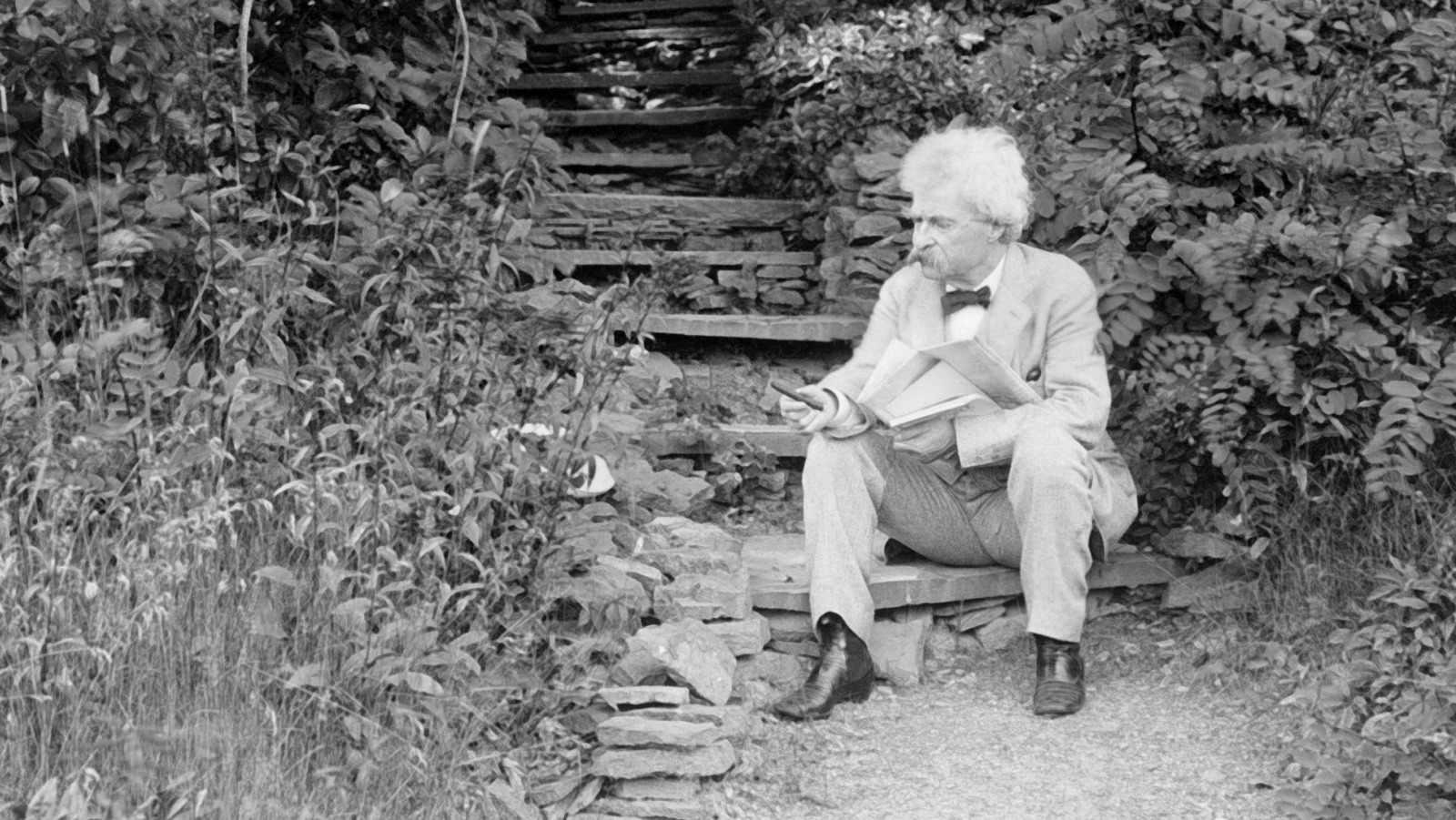

Brown find ancient human remains in a nearby cave. He advises that Americans should consider Chinese "coolie" labor rather than the more expensive white labor.Ĭhapter twenty-four details Twain's visit to Hawaii's fabled city of refuge, where he and colleague Mr.

After describing Hawaii's more favorable growing conditions, Twain strongly advocates an American interest in Hawaiian farming, even suggesting that a monopoly might be possible. Twain spends chapter twenty-three thoroughly examining the Hawaiian sugar trade, comparing local sugar production to comparable plantations in the States. In chapter twenty-one Twain digresses to tell the story of Lord George Paulet, the foolish Englishman who briefly usurped control of the Hawaiian Islands, and in chapter twenty-two Twain discusses the Hawaiian god Lono. He arrives at Kealakekua Bay, visiting the site of Captain Cook's murder. Chapters sixteen and seventeen are dominated by the month-long mourning and subsequent burial of Her Royal Highness the Princess Victoria Kamamalu Kaahumanu, heir presumptive to the crown.Ĭhapter eighteen begins the final arc of the collection as Twain departs Honolulu for Hawaii to see the great volcano. The longest and most involved chapter is fifteen, which relates the detailed account from the officers and crew who survived the burning of the clipper ship Hornet, and who were forced to endure forty-three days adrift on the open sea. After advancing a detailed argument of why San Francisco should join the whaling trade, Twain examins in chapters twelve and thirteen Hawaii's legislature, which he finds to be full of buffoonery.

By the end of chapter six, Twain is a full-fledged tourist, joining equestrian tours of Hawaiian landmarks. The first three chapters cover Twain's turbulent voyage to Hawaii, where much of the crew becomes seasick and where the author rails against Balboa for naming the uncooperative ocean "Pacific."Ĭhapters four through six offer Twain's first impressions of Hawaii, which is largely positive. Twain between the months of April and November of the year 1866. Each chapter corresponds to a single letter written by Mr. Mark Twain writes a series of travel letters from Hawaii, intended for publication in the Sacramento Daily Union.


 0 kommentar(er)
0 kommentar(er)
